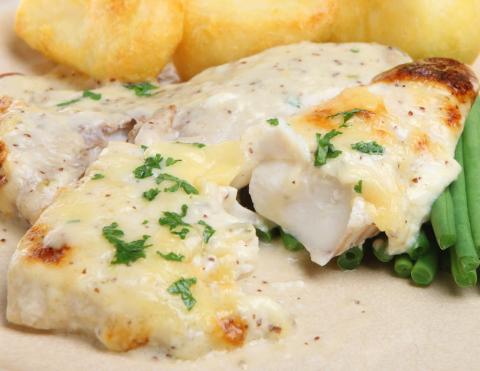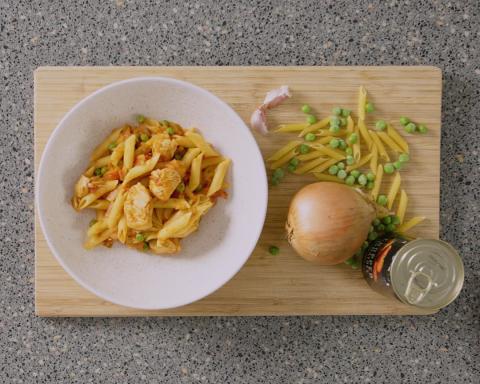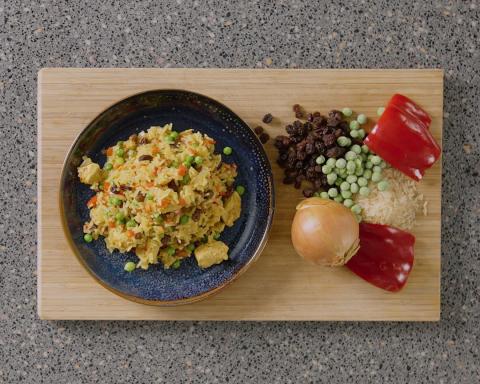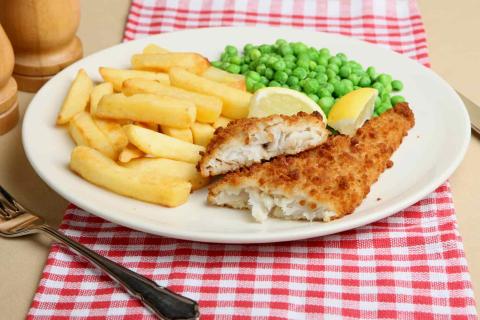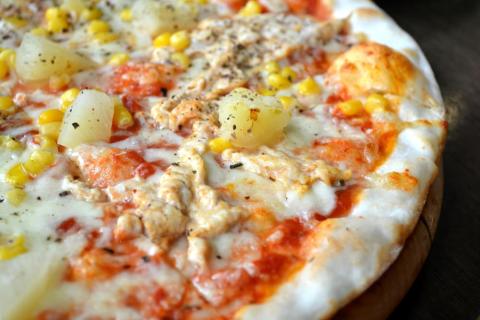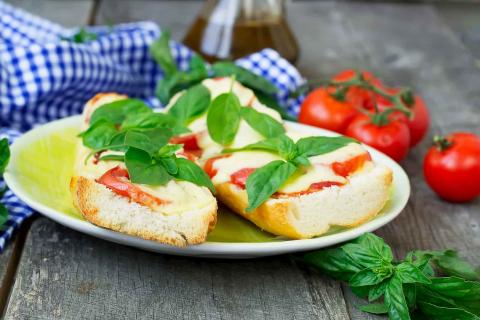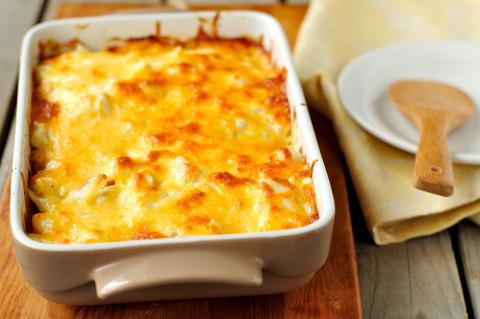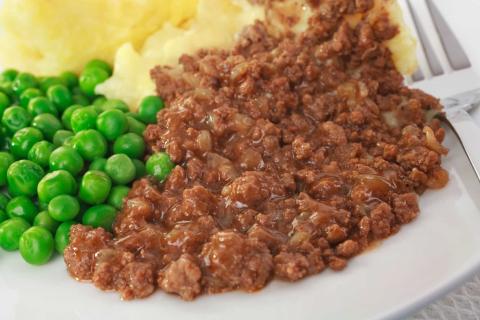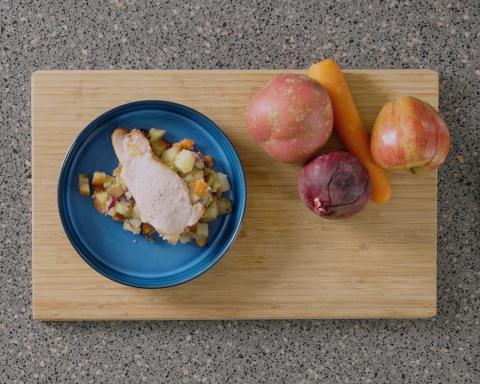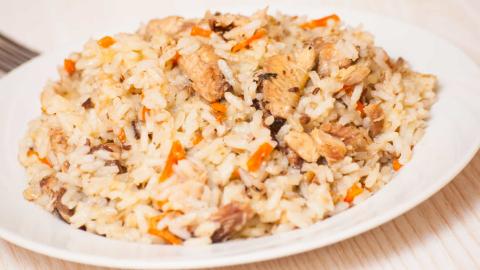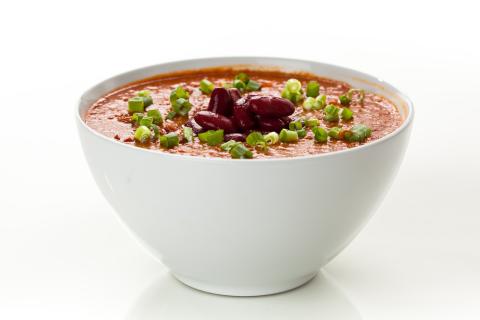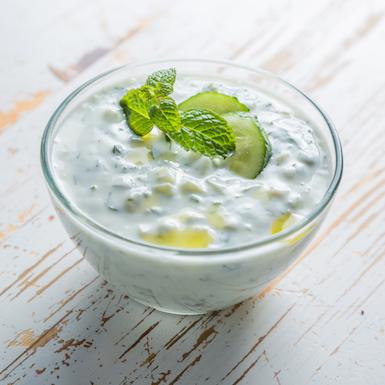- 1 Pack (500g) Turkey Mince
- 1 Small sized (60g) Red onion
- (25g) Breadcrumbs
- 2 Tablespoons (30g) Semi-Skimmed Milk
- 1 Heaped measure Teaspoon (30g) Plain Flour
- 1 Avocado
- 4 Leaves (20g) Lettuce
- 1 Medium sized (160g) Red Pepper
- 4 (340g) Burger Buns
Ingredients
Allergy Disclaimer
Always check the label of each ingredient for allergy warnings.
Method
- Preheat the oven to 200°C / 180°C fan oven / 400°F / gas mark 6.
- Peel and finely chop (or grate) the red onion.
- Mix the mince, red onion and breadcrumbs in a bowl.
- Add the milk and mix well.
- Using a little flour on your hands, gently shape the mixture into 4 burgers.
- Place on a tray in the oven for 30 minutes, and turn halfway through.
- Meanwhile, wash and shred the lettuce, and wash and slice the pepper.
- Cut the avocado in half lengthwise around the seed. Hold the avocado in one hand, and with the other hand twist and rotate the two halves apart. Remove the seed by slipping a spoon between the seed and the fruit and gently work the seed out of the fruit. Slice the inside of the avocado halves into sections then use your fingers to separate the avocado segments from the peel.
- When the burgers are ready, put onto the buns and add the lettuce, avocado and pepper on top.
- Enjoy the burgers hot!
Time Saver Tips
Make the burgers in advance and store in the fridge until you are ready to cook them.
Cost Saver Tips
Turkey thigh mince is cheaper than turkey breast mince. Serve the turkey burger with tomatoes and cucumber instead of avocado and red pepper. Make your own breadcrumbs.
Tips for Kids
Instead of slicing the avocado, you could mash it with a teaspoon of lemon or lime juice to make guacamole - the kids will love mashing!
Nutritional Information
Based on a single serving of 301g (% of an adult's reference intake)
Energy
498 kcals ( 25 %)
2,096 kJ ( 25 %)
Fat
3.1 g ( 16 %)
Saturates
51.8 g ( %)
Sugar
5.9 g ( 7 %)
Salt
1.5 g ( 24 %)
Detailed nutritional information
| Per 100g | Per 301g serving | |
|---|---|---|
| Energy Kcals | 165 | 498 |
| Energy Kj | 696 | 2,096 |
| Protein | 13.2 g | 39.7 g |
| Total Fat | g | g |
| Saturated Fat | 1 g | 3.1 g |
| Carbohydrates | 17.2 g | 51.8 g |
| Total Sugars | 1.9 g | 5.9 g |
| NSP Fibre | 1.2 g | 3.6 g |
| Sodium | 194 mg | 584 mg |
| Salt | 0.5 g | 1.5 g |
Find out about nutritional labelling
Nutrition labels on the front of packaging
- Most of the big supermarkets and many food manufacturers display nutritional information on the front of pre-packed food.
- Front of pack nutrition labels provide information on the number of grams of fat, saturated fat, sugars and salt and the amount of energy (in kJ and kcal) in a serving or portion of a recipe.
- The labels also include information about reference intakes (expressed as a percentage) which are guidelines about the approximate amount of particular nutrients and energy required for a healthy diet.
- The colour coding tells you at a glance if the food has high (red), medium (amber) or low (green) amounts of fat, saturated fat, sugars and salt.
- The more greens on the label, the healthier the choice
- Amber means neither high nor low, so you can eat foods with all or mostly ambers on the label most of the time.
- Reds on the label means the food is high in that nutrient and these are the foods we should cut down on. Try to eat these foods less often and in small amounts.
Food shopping tips
If you’re trying to decide which product to choose, check to see if there's a nutrition label on the front of the pack. This will help you to quickly assess how your choices stack up. You will often find a mixture of red, amber and green colour coding for the nutrients. So when you're choosing between similar products, try to go for more greens and ambers and fewer reds if you want to make a healthier choice.
 Activities & Play
Activities & Play Behaviour
Behaviour Childcare
Childcare Development & Growing Up
Development & Growing Up Family, Friends & Relationships
Family, Friends & Relationships Feeding Your Baby
Feeding Your Baby Food & Eating
Food & Eating Health & Safety
Health & Safety Mental Health & Wellbeing
Mental Health & Wellbeing Money & Work
Money & Work Online Behaviour & Safety
Online Behaviour & Safety Pregnancy & First Days
Pregnancy & First Days School & Education
School & Education Sleep
Sleep














